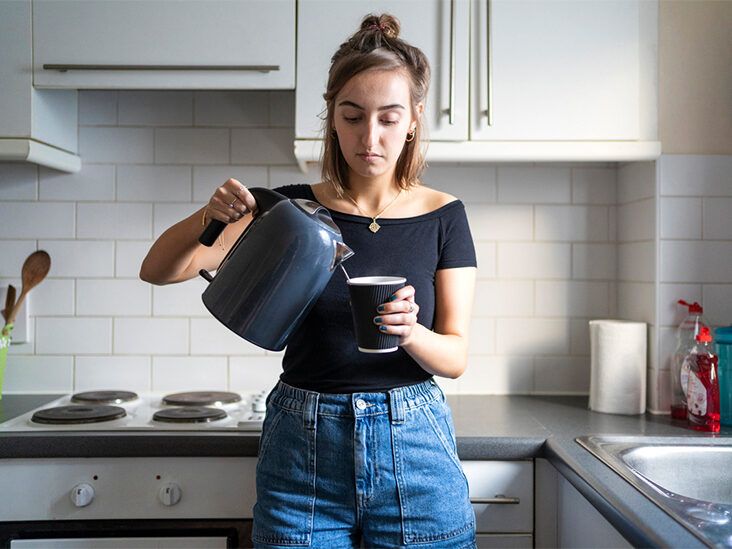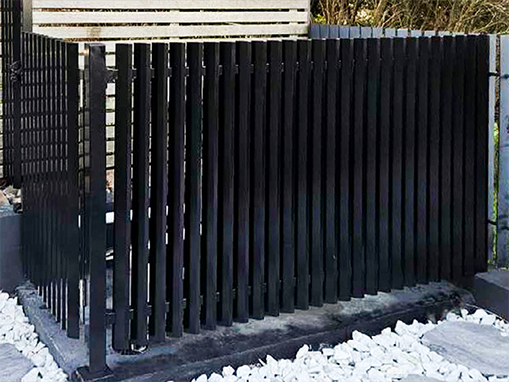The apps racing to catch early signs of cancer
“If you catch it early before it metastasises down the optic nerve to the brain it’s not going to be fatal,” he says. “It’s one of the cancers where an early diagnosis really does improve the prognosis – the earlier you catch it the better the vision you’ll have.”
Shaw’s app, called CRADLE, was built after collecting over 50,000 different images that were fed to a machine learning algorithm that learned to distinguish between images that were normal and those that might show worrying signs of whiteness in the eye.
The app is currently under clinical trials, with the potential for a wide launch for use by doctors across the US. For Shaw, the potential here is massive given current imaging and cancer diagnostics can cost thousands of dollars.
“It’s a financial bottleneck, it’s a technological bottleneck,” he says. “Essentially what a photograph of leukocoria is you’ve imaged the tumour with visible light, it’s cancer imaging with your camera.”
The expense of existing imaging equipment is high and it is kit usually found just in hospitals, making it difficult for GPs to pick up danger signs as early as possible.
Butterfly iQ aims to fix that. The medtech firm from Connecticut sells a portable ultrasound device that works in tandem with a smartphone for full-body imaging.
Typically, ultrasound machines, used to look for tumours in the body, can cost upwards of $25,000 (£19,000), according to Dr John Martin, chief medical officer at the firm. Their device, shaped like a beard trimmer, sells at $2,000.








